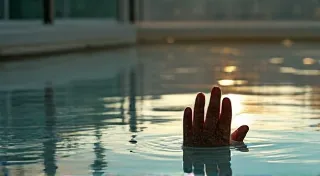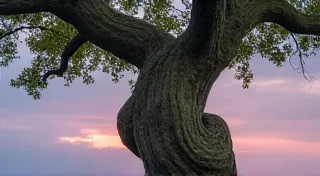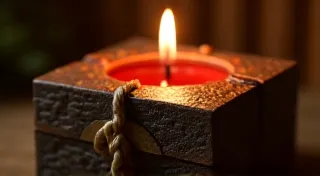Serpentine's Dance: Embracing Change and Finding Beauty in Imperfection
There’s a particular resonance that occurs when you hold a piece of serpentine in your hand. It’s more than just the cool weight of stone; it’s a palpable sense of history, of constant shifting and alteration. It mirrors, I think, the journey we all take in life – the unexpected turns, the slow, geological transformations that shape who we are. This isn’t a scientific treatise on serpentine, though I’ll certainly touch on its geology. It’s a meditation on its spirit, and how that spirit connects to the very essence of creativity and adaptability in pursuits like lapidary and rockhounding.
My own journey with serpentine began not with a rock hammer and a map, but with an antique accordion. My grandfather, a taciturn man of few words, played one. It wasn’t pristine. The bellows were patched, the keys occasionally stuck, and the wood bore the marks of decades of travel and use. It was, in a word, imperfect. I used to sit at his feet, mesmerized by the wheezing, sometimes chaotic, music it produced. He rarely explained how it worked, just let me listen, and occasionally let me attempt a note or two. It felt like a secret language. Later, I learned that his accordion, like serpentine, had been pieced together, repaired, and adapted over time. It wasn’t a perfect instrument, but it held a richness of tone and a depth of character that a brand-new one simply couldn't replicate.
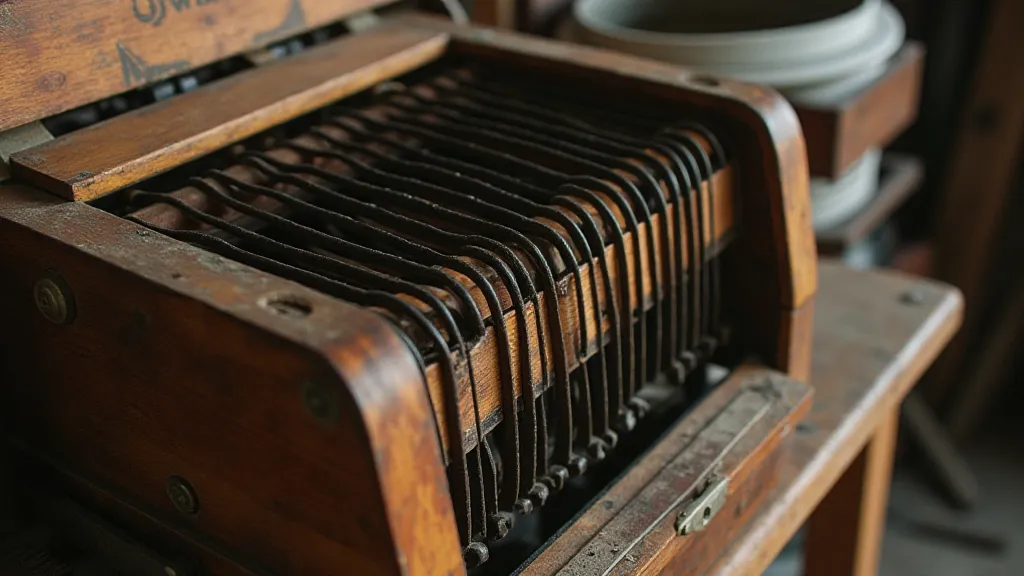
The Geology of Transformation
Serpentine isn't a single mineral, but a group of minerals – primarily antigorite, lizardite, and chrysotile – that form through a fascinating metamorphic process. It’s created when ultramafic rocks, like peridotite or dunite, are altered by hydrothermal fluids. These fluids percolate through the rock, changing its composition and structure. The result is serpentine, which often displays mesmerizing swirls and patterns of green, brown, and black. These patterns aren’t random; they’re a visual record of the intense pressures and temperatures the stone has endured. You can almost see the earth’s processes at work, a slow, relentless dance of change.
It’s a fitting metaphor for the creative process itself. The initial idea, the raw block of material – whether it's a piece of rough rock, a blank canvas, or a musical theme – undergoes a process of transformation. We chip away, polish, refine, and adapt. Sometimes the process is smooth and predictable, but often it's fraught with challenges, moments of doubt, and unexpected detours. Just like serpentine’s formation, the finished product bears the indelible marks of this journey. The imperfections aren’t flaws; they’re evidence of the struggle, the learning, the evolution.
Finding Beauty in the Imperfect
For those of us drawn to rockhounding and lapidary techniques tutorial, the appeal of serpentine often lies in its unconventional beauty. It rarely conforms to the idealized shapes and colours prized in gemstones. Instead, it offers a rugged, earthy elegance. The swirling patterns, the variations in texture – these aren’t imperfections to be smoothed over; they’re the essence of its charm. Creating custom jewelry from serpentine often involves embracing these unique characteristics, showcasing the stone’s individual story.
Consider the art of cabochon making guide. A skilled lapidary can reveal the hidden beauty within a piece of serpentine, creating a polished stone that glows with internal light. But even the most flawless cabochon will retain the subtle variations in colour and pattern that are inherent to the material. It’s a reminder that true beauty lies not in perfection, but in authenticity.
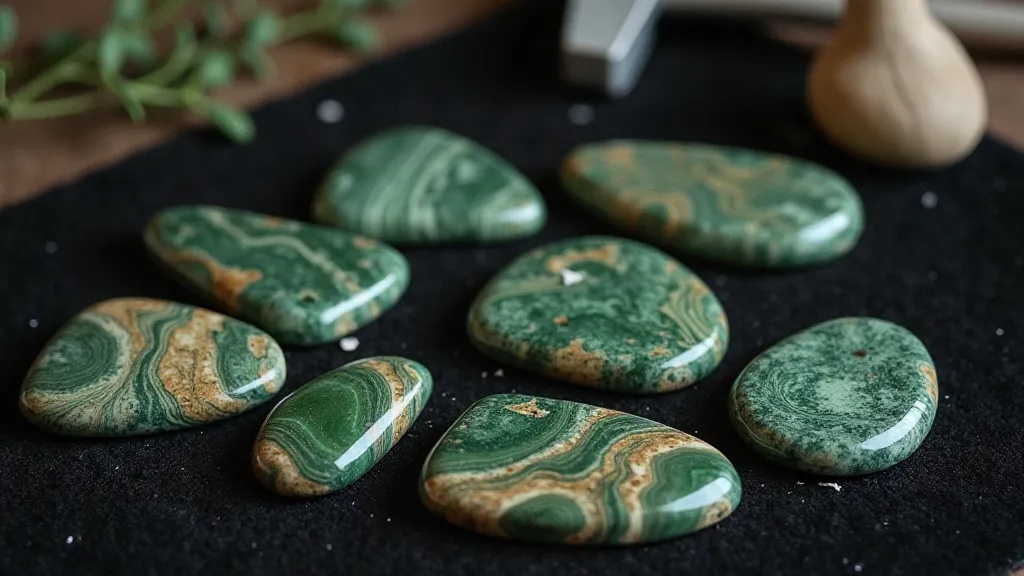
The Collector's Eye and the Restoration Journey
The same principle applies to collecting antique instruments. My grandfather’s accordion wasn’t worth a fortune, and it certainly wasn't the most beautiful. But its value lay in its history, in the countless melodies it had played, and in the countless hands that had held it. Restoring it wasn't about making it perfect; it was about preserving its character, about allowing its story to continue. It’s about understanding that age and wear are not signs of decay, but marks of a life well-lived.
Mineral collecting guide and rockhounding locations map become so much more when you consider this same appreciation for history and story. Each piece tells a tale of geological forces, of human interaction, and of the passage of time. It’s a connection to something larger than ourselves, a recognition of our place within the grand tapestry of the earth’s history.
Embracing the Dance
Serpentine’s dance is a metaphor for life itself – a constant process of change, adaptation, and transformation. It reminds us that beauty isn't always found in perfection, but in the unique imperfections that make each individual, each creation, one-of-a-kind. Whether you’re a seasoned lapidary, a budding rockhound, or simply someone seeking inspiration, embrace the dance. Look for the beauty in the unexpected. Celebrate the imperfections. And remember that the greatest masterpieces are often born from the most challenging circumstances. Tumbling rocks for beginners can learn so much from this principle alone – allowing the natural process to shape the stone’s final form, rather than trying to control it completely.

Just as a piece of serpentine holds within it the echoes of ancient geological processes, so too does our creative journey leave its mark upon us. Let us honour those marks, celebrate the imperfections, and continue to dance with the changes that shape our lives.

